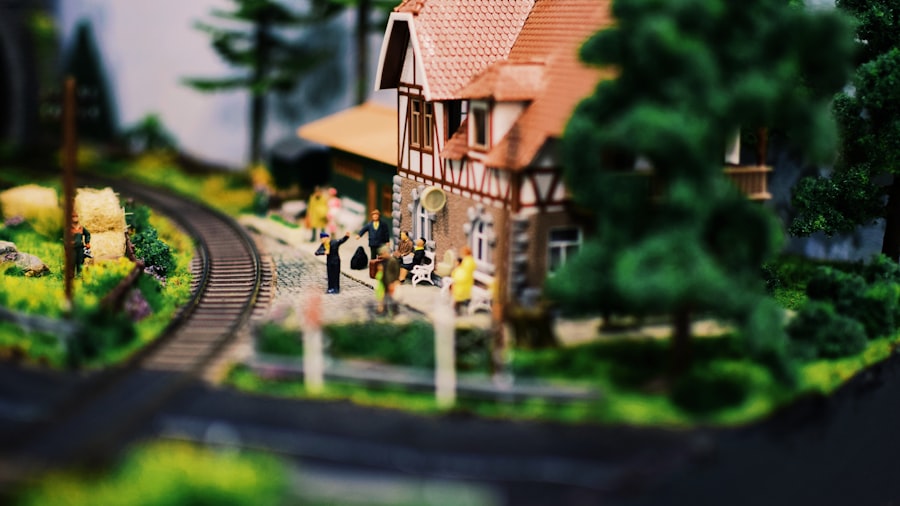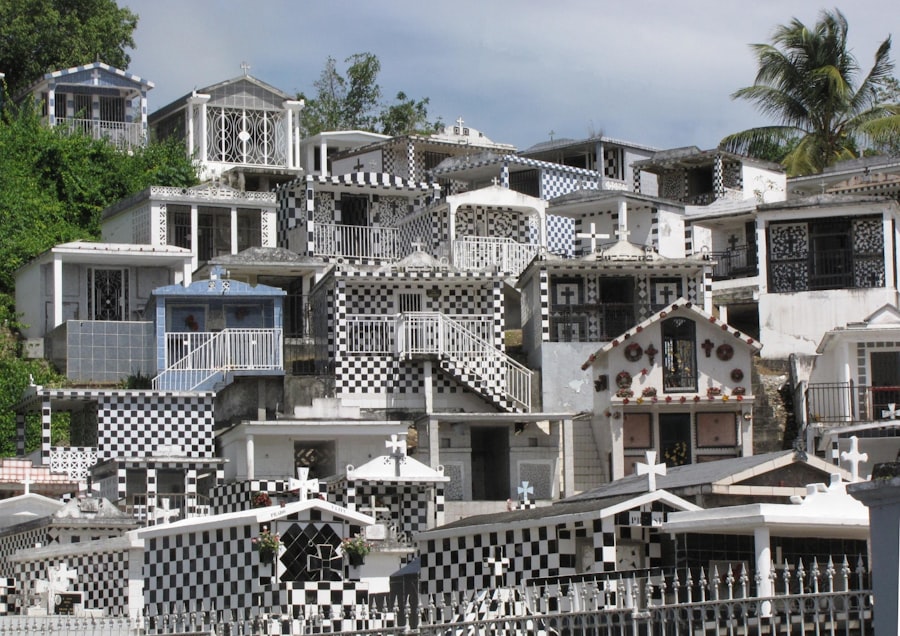Park model homes are a unique category of manufactured homes designed primarily for temporary or seasonal living. Typically ranging from 400 to 500 square feet, these compact dwellings are built on a single chassis and are often situated in recreational vehicle (RV) parks, campgrounds, or designated communities. Unlike traditional homes, park models are not intended for permanent residency; however, many people choose to live in them year-round due to their affordability and efficient use of space.
The design of park model homes emphasizes functionality, often featuring open floor plans that maximize the available square footage. The construction of park model homes adheres to the standards set by the American National Standards Institute (ANSI), which ensures that they are built with safety and durability in mind. These homes typically include essential amenities such as kitchens, bathrooms, and living areas, making them suitable for comfortable living.
The exterior is often designed to blend harmoniously with natural surroundings, featuring materials like wood siding or vinyl that enhance their aesthetic appeal. As a result, park model homes have gained popularity among retirees, vacationers, and those seeking a minimalist lifestyle.
Key Takeaways
- Park model homes are small, portable houses that are designed for temporary or seasonal use.
- Living in a park model home offers benefits such as affordability, low maintenance, and access to community amenities.
- Park model homes are generally more affordable than traditional homes, both in terms of upfront costs and ongoing expenses.
- There are various customization options available for park model homes, allowing homeowners to personalize their living space.
- Park model home communities can be found in RV parks, campgrounds, and other designated areas, offering a sense of community and shared amenities.
The Benefits of Living in a Park Model Home
Living in a park model home offers numerous advantages that appeal to a wide range of individuals. One of the most significant benefits is the affordability associated with these homes. The initial purchase price is generally lower than that of traditional homes, making them an attractive option for first-time buyers or those looking to downsize.
Additionally, the smaller size of park model homes translates to lower utility costs, as heating, cooling, and maintenance expenses are significantly reduced compared to larger residences. Another compelling reason to consider park model living is the sense of community that often accompanies these homes. Many park model home communities foster a close-knit environment where residents can engage in social activities and form lasting friendships.
This communal aspect can be particularly appealing for retirees or individuals seeking a more connected lifestyle. Furthermore, many of these communities are located in picturesque settings, such as near lakes or mountains, providing residents with easy access to outdoor recreational activities like hiking, fishing, and boating.
When comparing the costs associated with park model homes and traditional houses, the differences are striking. The average price of a park model home typically ranges from $30,000 to $80,000, depending on size and customization options. In contrast, traditional homes can cost anywhere from $200,000 to over $1 million, depending on location and market conditions.
This stark contrast in pricing makes park model homes an appealing choice for those looking to enter the housing market without incurring substantial debt. In addition to the lower purchase price, ongoing costs also favor park model living. Property taxes on park model homes are generally lower than those on traditional homes due to their classification as personal property rather than real estate.
Homeowners insurance for park models is often less expensive as well, further contributing to overall savings. Moreover, the smaller footprint of these homes means reduced maintenance costs; fewer repairs and upkeep are required compared to larger properties, allowing residents to allocate their resources more efficiently.
Customization Options for Park Model Homes

One of the most attractive features of park model homes is the extensive range of customization options available to prospective buyers. Many manufacturers offer a variety of floor plans and layouts that cater to different lifestyles and preferences. Buyers can choose from various configurations that include one or two bedrooms, loft spaces, and open-concept living areas.
This flexibility allows individuals to create a space that truly reflects their needs and tastes. Beyond layout choices, customization extends to interior finishes and exterior designs as well. Homeowners can select from an array of materials for countertops, cabinetry, flooring, and appliances.
Many manufacturers also provide options for energy-efficient features such as solar panels or high-efficiency windows, which can enhance sustainability while reducing utility costs. The ability to personalize a park model home ensures that residents can create a comfortable and functional living environment tailored specifically to their lifestyle.
Where to Find Park Model Home Communities
| State | Number of Park Model Home Communities | Average Monthly Rent | Amenities |
|---|---|---|---|
| Florida | 50 | 800 | Pool, Clubhouse, Fitness Center |
| Arizona | 30 | 750 | Golf Course, Tennis Courts, Spa |
| Texas | 25 | 700 | Walking Trails, Picnic Areas, Dog Park |
Finding the right park model home community involves researching various locations that cater to this unique housing option. Many states across the U.S., particularly those with favorable climates such as Florida, Arizona, and California, have established thriving park model home communities. These areas often feature amenities such as clubhouses, swimming pools, and organized activities that enhance the living experience for residents.
Online resources play a crucial role in locating these communities. Websites dedicated to manufactured housing often provide listings of available park model homes along with detailed descriptions of the communities they belong to. Additionally, social media groups and forums focused on tiny living or RV lifestyles can offer valuable insights and recommendations from current residents.
Visiting potential communities in person is also advisable; this allows prospective buyers to gauge the atmosphere and amenities firsthand while interacting with current residents.
Tips for Financing a Park Model Home
Financing a park model home can differ significantly from securing a mortgage for a traditional house. Since park models are often classified as personal property rather than real estate, conventional mortgage options may not be available. Instead, buyers may need to explore alternative financing methods such as personal loans or RV loans specifically designed for manufactured homes.
When considering financing options, it is essential to shop around for the best interest rates and terms. Many lenders specialize in loans for manufactured housing and can provide tailored solutions based on individual financial situations. Additionally, potential buyers should be prepared to provide documentation regarding income, credit history, and any existing debts when applying for financing.
Understanding the total cost of ownership—including insurance, taxes, and maintenance—will also help buyers make informed decisions about their financing options.
Sustainability and Park Model Homes

Sustainability is an increasingly important consideration in today’s housing market, and park model homes offer several eco-friendly advantages. Their smaller size inherently requires fewer resources for construction and maintenance compared to traditional homes. This reduced footprint not only minimizes environmental impact but also encourages a simpler lifestyle that prioritizes sustainability.
Many manufacturers are now incorporating green building practices into their designs by using sustainable materials and energy-efficient technologies. For instance, some park models come equipped with energy-efficient appliances and insulation that reduce energy consumption. Additionally, options such as solar panels can be integrated into the design, allowing homeowners to harness renewable energy sources.
By choosing a park model home with these sustainable features, residents can significantly lower their carbon footprint while enjoying the benefits of modern living.
The Future of Park Model Homes in Affordable Living
As housing affordability continues to be a pressing issue across many regions, park model homes are poised to play an increasingly vital role in providing accessible living solutions. With rising property prices making traditional homeownership unattainable for many individuals and families, the appeal of park models lies in their affordability and flexibility. As more people seek alternative housing options that align with their financial realities, the demand for park model homes is likely to grow.
Moreover, as urban areas become more congested and expensive, many individuals are looking toward rural or semi-rural locations where park model communities are often situated. This shift not only provides affordable housing but also promotes a lifestyle that embraces nature and community living. As developers recognize this trend, we may see an increase in well-planned park model home communities that offer modern amenities while maintaining affordability—a promising prospect for those seeking sustainable and economical living solutions in the future.

